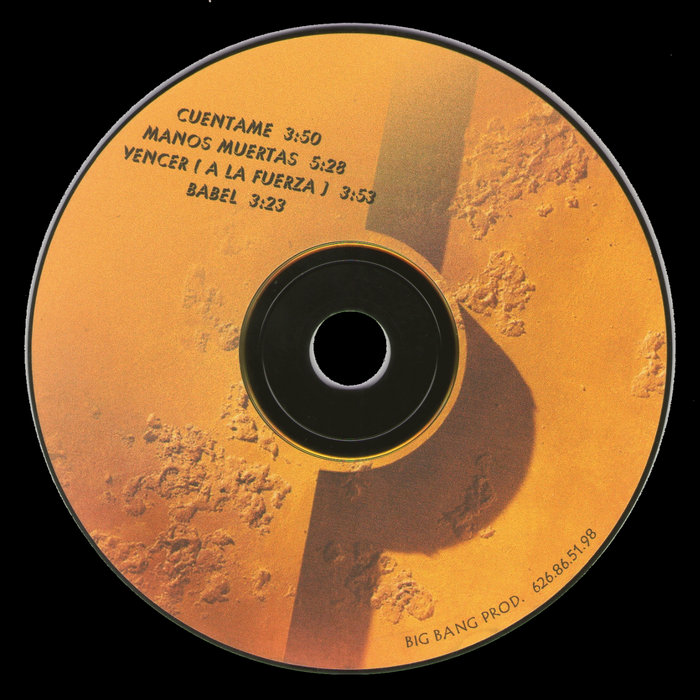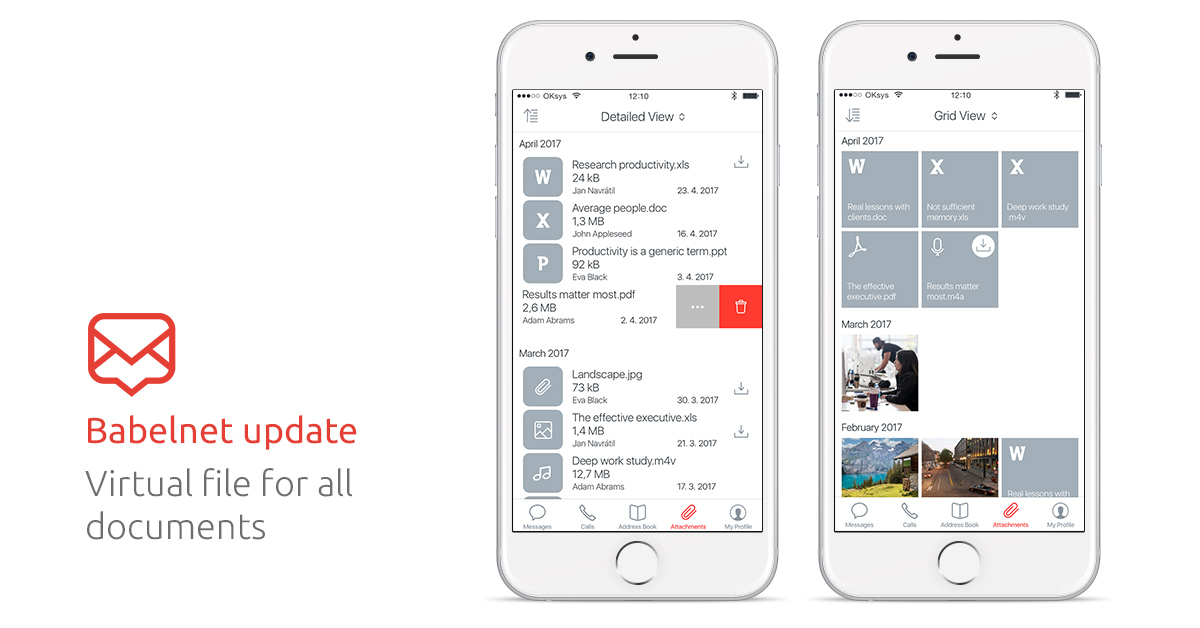

European Language Resources Association, May 2002 29–31, 2002, Las Palmas, Canary Islands, Spain. In: Proceedings of the Third International Conference on Language Resources and Evaluation, LREC, pp. Kingsbury, P., Palmer, M.: From TreeBank to PropBank. In: Teije, A., Völker, J., Handschuh, S., Stuckenschmidt, H., d’Acquin, M., Nikolov, A., Aussenac-Gilles, N., Hernandez, N. Hellmann, S., Lehmann, J., Auer, S.: Linked-data aware URI schemes for referencing text fragments. Gliozzo, A., Biran, O., Patwardhan, S., McKeown, K.: Semantic technologies in IBM Watson. Gardner, M., Talukdar, P.P., Kisiel, B., Mitchell, T.: Improving learning and inference in a large knowledge-base using latent syntactic cues. Gangemi, A., Recupero, D.R., Mongiovì, M., Nuzzolese, A.G., Presutti, V.: Identifying motifs for evaluating open knowledge extraction on the web. Gangemi, A., Presutti, V., Reforgiato Recupero, D., Nuzzolese, A.G., Draicchio, F., Mongiovi, M.: Semantic web machine reading with FRED, Sermant. Gangemi, A., Navigli, R., Velardi, P.: The ontowordnet project: extension and axiomatization of conceptual relations in wordnet. Gangemi, A., Mika, P.: Understanding the semantic web through descriptions and situations. Cambridge University Press, Cambridge (2010) Gangemi, A.: Norms and plans as unification criteria for social collectives.

MIT Press, Cambridge (1998)įillmore, C.J.: Frame semantics and the nature of language. (2011)įellbaum, C.: WordNet: An Electronic Lexical Database. 903–909 (2014)Įtzioni, O., Fader, A., Christensen, J., Soderland, S., Mausam, M.: Open information extraction: the second generation. In: Proceedings of the Ninth International Conference on Language Resources and Evaluation (LREC-2014), Reykjavik, Iceland, 26–, pp. Lopez, M., de Lacalle, E., Laparra, G.R., Matrix, P.: Extending SemLink through WordNet mappings. In: Proceedings of the GLDV 2005 Workshop GermaNet II, Bonn (2005)ĭas, D., Chen, D., Martins, A.F.T., Schneider, N., Smith, N.A.: Frame-semantic parsing. Morgan Kaufmann Publishers/ACL (1998)īurchardt, A., Erk, K., Frank, A.: A WordNet detour to FrameNet. In: Boitet, C., Whitelock, P., (eds.), Proceedings of the 36th Annual Meeting of the Association for Computational Linguistics and 17th International Conference on Computational Linguistics, COLING-ACL 1998, August 10–14, 1998, Université de Montréal, Montréal, Quebec, Canada, pp. The Association for Computer Linguistics (2009)īaker, C.F., Fillmore, C.J., Lowe, J.B.: The Berkeley FrameNet project. In: Lascarides, A., Gardent, C., Nivre, J., (eds.) EACL 2009, Proceedings of the 12th Conference of the European Chapter of the Association for Computational Linguistics, Athens, Greece, March 30–April 3, 2009, pp. KeywordsĪgirre, E., Soroa, A.: Personalizing pagerank for word sense disambiguation. We also describe Word Frame Disambiguation, an application that reuses Framester data as a base in order to perform frame detection from text, with results comparable in precision to the state of the art, but with a much higher coverage. Framester is not only a strongly connected knowledge graph, but also applies a rigorous formal treatment for Fillmore’s frame semantics, enabling full-fledged OWL querying and reasoning on a large frame-based knowledge graph. We created a novel resource, Framester, which acts as a hub between FrameNet, WordNet, VerbNet, BabelNet, DBpedia, Yago, DOLCE-Zero, as well as other resources. We present some strategies based on Linguistic Linked Data to broaden FrameNet coverage and formal linkage of lexical and factual resources.

The access to existing linguistic resources is also limited because of poor connectivity among them. However, the usefulness of FrameNet is affected by its limited coverage and non-standard semantics. Semantic web applications leveraging NLP can benefit from easy access to expressive lexical resources such as FrameNet.


 0 kommentar(er)
0 kommentar(er)
